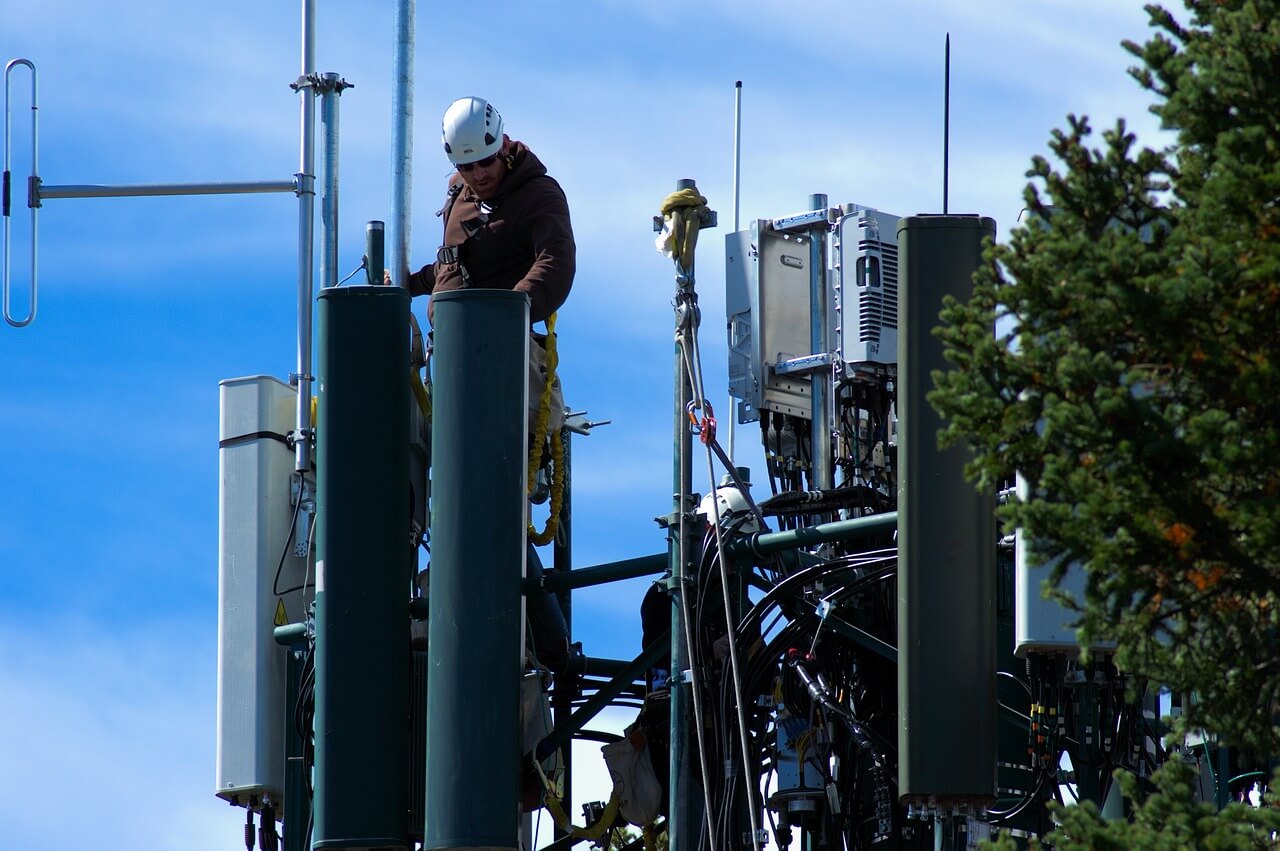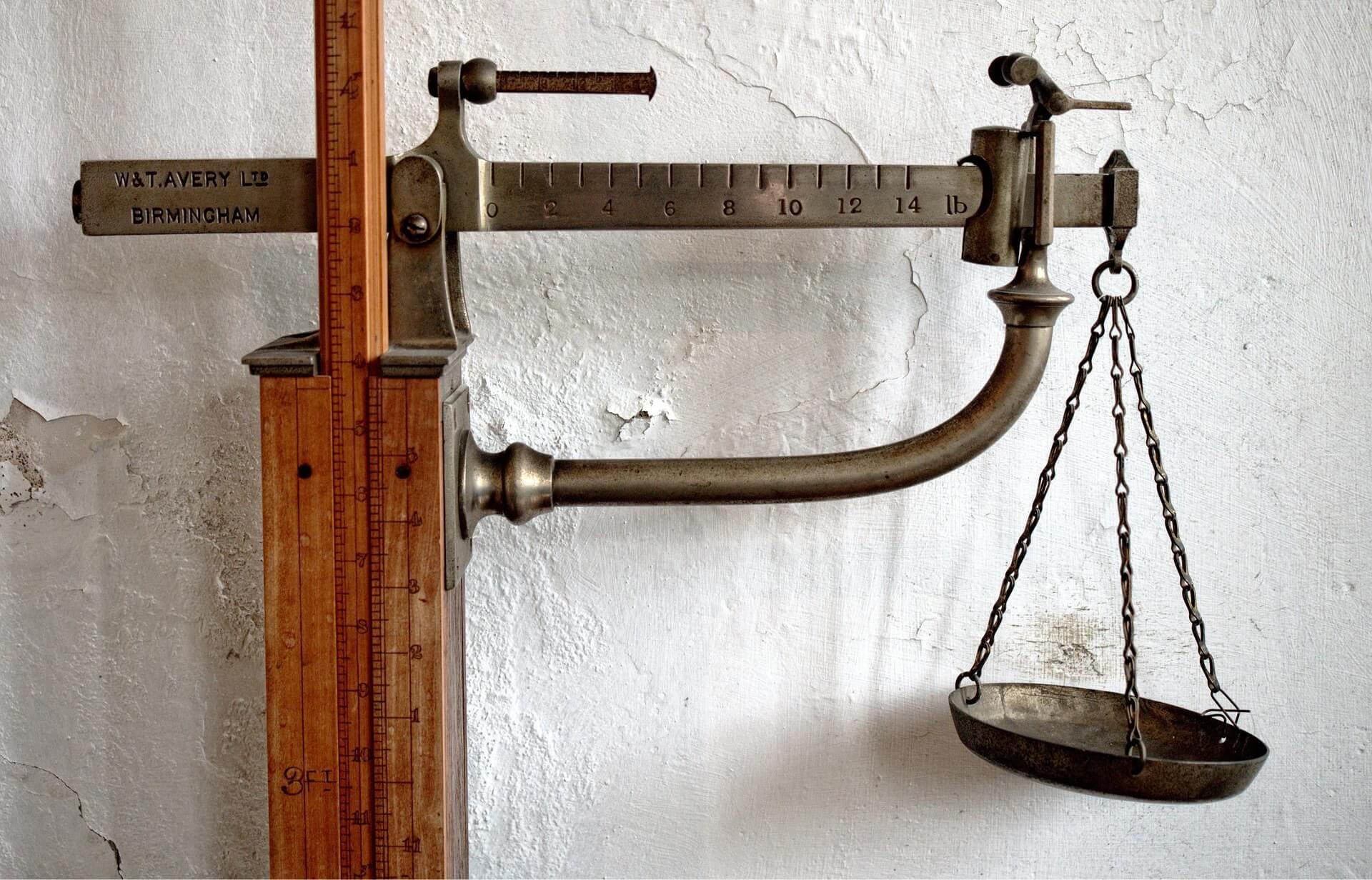2FA vs. MFA: What's the Difference?
Logging into your online accounts, a process known as "authentication," is essentially confirming your identity to the service provider. In the past, this was typically done using a username and password. However, this method proved to have its flaws. Usernames can be easily figured out - often, they are just your email address. People also tend to choose easy-to-remember passwords, which usually means they are simple and potentially reused across various sites.
This is why nearly every online service - including banks, social media platforms, and online shopping sites - has introduced more secure login methods. You might know these as "two-step verification" or "multifactor authentication." Regardless of the name, the best systems follow a similar concept. When you access your account from a new device or application, like a web browser, simply entering your username and password is not enough. You need an additional authentication factor (or factors) to verify your identity.
An authentication factor is a means of confirming who you are during the login process. A common example is a password, which is something you know. Generally, there are three widely recognized types of authentication factors:
- Something you know: This could be a password or a memorized PIN.
- Something you have: This includes items like a smartphone or a secure USB key.
- Something you are: This refers to biometric identifiers such as fingerprints or facial recognition.
As enhanced login methods become more prevalent across organizations, there is a significant focus on understanding the differences between two-factor authentication (2FA) and multifactor authentication (MFA). This trend reflects a growing recognition of the importance of robust security practices in a digitally interconnected world. Organizations are actively exploring these authentication techniques to discern which method aligns best with their security requirements and operational needs.
Difference Between 2FA and MFA
In today's cybersecurity landscape, the methods of verifying a user's identity have evolved significantly. Traditional single-factor authentication, typically a password, relies on just one form of evidence to authenticate a user's identity. However, as security needs have become more complex, multi-factor authentication (MFA) and two-factor authentication (2FA) have emerged as more robust solutions. Many are now asking themselves, what’s the difference between MFA and 2FA? Are MFA and 2FA the same thing?
Multi-factor Authentication (MFA) enhances security by requiring a user to provide two or more distinct factors for authentication. The primary aim of MFA is to bolster security by incorporating additional authentication factors. This approach offers a range of benefits for businesses that choose to integrate it into their security framework.
Two-factor Authentication (2FA), sometimes known as 2-step verification, is a specific type of security measure that necessitates users to authenticate their identity using two distinct factors. So, while 2FA involves the use of two types of authentication, MFA requires at least two or possibly more types of authentication.
.webp?width=610&height=879&name=Whats-the-Difference-Between-MFA-and-2FA-01%20(1).webp)
Is 2FA a Subset of MFA?
Yes, two-Factor authentication (2FA) is indeed a subset of multi-factor authentication (MFA). MFA refers to the security practice of requiring users to provide two or more verification factors to gain access to a resource, such as an application, online account, or a VPN. It enhances security by combining two or more independent credentials: what the user knows (password), what the user has (security token), and what the user is (biometric verification).
2FA, on the other hand, is a type of MFA that specifically requires exactly two of these factors for verification. So, while all 2FA is a form of MFA, not all MFA is 2FA, as MFA may involve more than two authentication factors.
2FA vs MFA Example
A common example of 2FA involves first entering a password (something you know) and then receiving a one-time code via text message on your mobile phone (something you have). This code needs to be entered to gain access to an account, such as in the case of online banking. This method combines two different types of authentication factors: the password, which is a knowledge factor, and the one-time code sent to a physical device, which is a possession factor.
On the other hand, an example of MFA might be seen in a secure corporate environment. Here, a user might first enter a password (something you know), then use a smart card (something you have) inserted into a card reader, and finally verify their identity with a fingerprint scan (something you are). This scenario encompasses three distinct factors: the password as a knowledge factor, the smart card as a possession factor, and the fingerprint scan as an inherent factor (biometric verification). Such a multi-layered approach significantly enhances security by integrating different types of authentication, thereby making unauthorized access exponentially more challenging.
Which Is More Secure, 2FA or MFA?
When comparing the security effectiveness of 2FA vs MFA, it is important to understand the answer to the question, why is MFA more secure than 2FA? This is primarily because MFA encompasses a broader range of authentication methods and is not limited to just two factors, a crucial aspect in the MFA vs 2FA authentication discussion. While 2FA is a subset of MFA and significantly enhances security compared to single-factor authentication, it is limited to only two types of authentication factors. On the other hand, MFA can include two or more verification methods, combining something you know (like a password), something you have (like a security token or mobile device), and something you are (like biometric verification such as fingerprints or facial recognition). This additional layer or layers of security in MFA make it more challenging for unauthorized users to gain access, as they would need to compromise multiple types of authentication rather than just two. Therefore, while both 2FA and MFA greatly improve security over traditional single-factor methods, MFA typically offers a more robust and comprehensive defense against potential security breaches.
Leverage Compass to Strengthen Your Security Controls
In conclusion, as organizations grapple with the pivotal question of "which is better, 2FA or MFA?", it is clear that the journey towards robust cybersecurity is multifaceted. Understanding the nuances between two-factor authentication vs multifactor authentication is crucial. This is where Compass IT Compliance steps in. Our expertise lies in helping organizations navigate the complexities of these security protocols. We provide comprehensive assessments to determine the effectiveness of current security controls and offer tailored solutions to strengthen them. By doing so, we aid in significantly mitigating the risk of unauthorized account access. Whether it is choosing between MFA vs 2FA, Compass IT Compliance equips organizations with the knowledge and tools to make informed decisions, ensuring their authentication practices are not only compliant but also at the forefront of cybersecurity excellence. Contact us today to chat with one of our cybersecurity experts!
Contact Us
Share this
You May Also Like
These Related Stories

Multi-Factor Authorization (MFA) During Cellular Network Outage

Dictionary Attacks: What They Are and How to Avoid Them

.webp?width=2169&height=526&name=Compass%20white%20blue%20transparent%202%20website%20(1).webp)
-1.webp?width=2169&height=620&name=Compass%20regular%20transparent%20website%20smaller%20(1)-1.webp)

No Comments Yet
Let us know what you think